SWITZERLAND
95 Courses
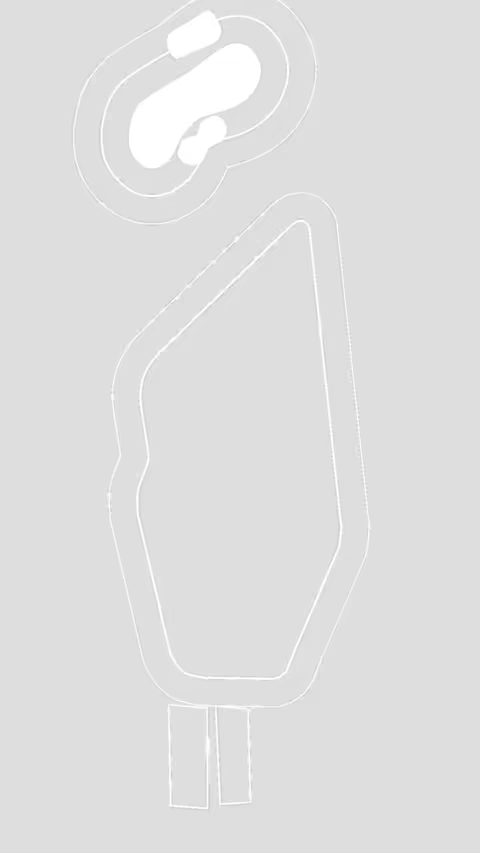
Golf in Switzerland: Alpine Elegance and Precision on the Fairways
Golf in Switzerland is a harmonious blend of breathtaking landscapes, precision-driven design, and a rich history that dates back to the late 19th century.
The sport found its Swiss roots in 1893 with the establishment of the first golf course in Bad Ragaz, a resort town renowned for its thermal springs.
This early adoption was influenced by British expatriates and aristocrats who sought to recreate the genteel charm of their homeland’s courses amidst the Alpine scenery.
Over the decades, Swiss golf evolved from an elite pastime to a more accessible sport, with the Swiss Golf Federation (ASG) founded in 1923 fostering its growth.
Today, Switzerland boasts over 90 courses, each offering a unique interplay of natural beauty and challenging play.
The country’s golf identity is shaped by its mountainous terrain, with courses often perched at high altitudes, demanding strategic play to navigate elevation changes and unpredictable weather.
Key regions define Switzerland’s golfing landscape, each with distinct characteristics.
The Engadin Valley in Graubünden is a standout, home to the iconic Golf Club Samedan, Europe’s highest 18-hole course at 1,800 meters above sea level.
The Lake Geneva region, including the prestigious Golf Club de Genève, combines lakeside tranquility with meticulously manicured fairways.
Central Switzerland, particularly the Golf Club Bad Ragaz, merges golf with wellness tourism, leveraging its historic spa heritage.
Ticino, the Italian-speaking canton, offers a Mediterranean flair at courses like Golf Club Patriziale Ascona, where palm trees and mild winters create a year-round golfing oasis.
Zurich’s affluent surrounds feature Golf Club Zürichsee, a parkland course known for its technical challenges and stunning views of the eponymous lake.
Signature courses exemplify Switzerland’s golfing excellence.
Crans-sur-Sierre Golf Club, designed by Seve Ballesteros and Jack Nicklaus, hosts the Omega European Masters, a European Tour staple since 1939.
Its 7th hole, “Toblerone,” is famed for its panoramic views of the Matterhorn.
Golf Club de Genève, crafted by Robert Trent Jones Sr., is a parkland masterpiece with water hazards on 11 holes, demanding precision.
Golf Club Patriziale Ascona, a 1928 creation by English architect Charles Hugh Alison, blends Art Deco aesthetics with undulating greens.
Golf Club Bad Ragaz, redesigned by Peter Harradine, integrates the Tamina Gorge’s natural drama into its layout.
These courses are not just sporting venues but cultural landmarks, reflecting Switzerland’s commitment to quality and innovation.
Player development in Switzerland is robust, with the ASG overseeing junior programs like “Kids Golf” and “Swiss Golf Academy,” nurturing talents such as Albane Valenzuela, a two-time Olympic participant and LPGA regular.
The country’s golf tourism appeal is bolstered by packages combining golf with luxury stays, such as those at Bad Ragaz’s Grand Resort.
Peak seasons span May to October, though Ticino’s mild climate allows winter play.
Non-golf attractions include the Swiss Alps’ skiing, Lake Geneva’s vineyards, and Zurich’s cultural scene.
Sustainability efforts are paramount, with courses like Golf Club de Genève achieving GEO Certification for water conservation and wildlife protection.
Future projects include the expansion of Golf Club Zürichsee and Switzerland’s bid to host the 2027 Solheim Cup, signaling ambitious growth..
